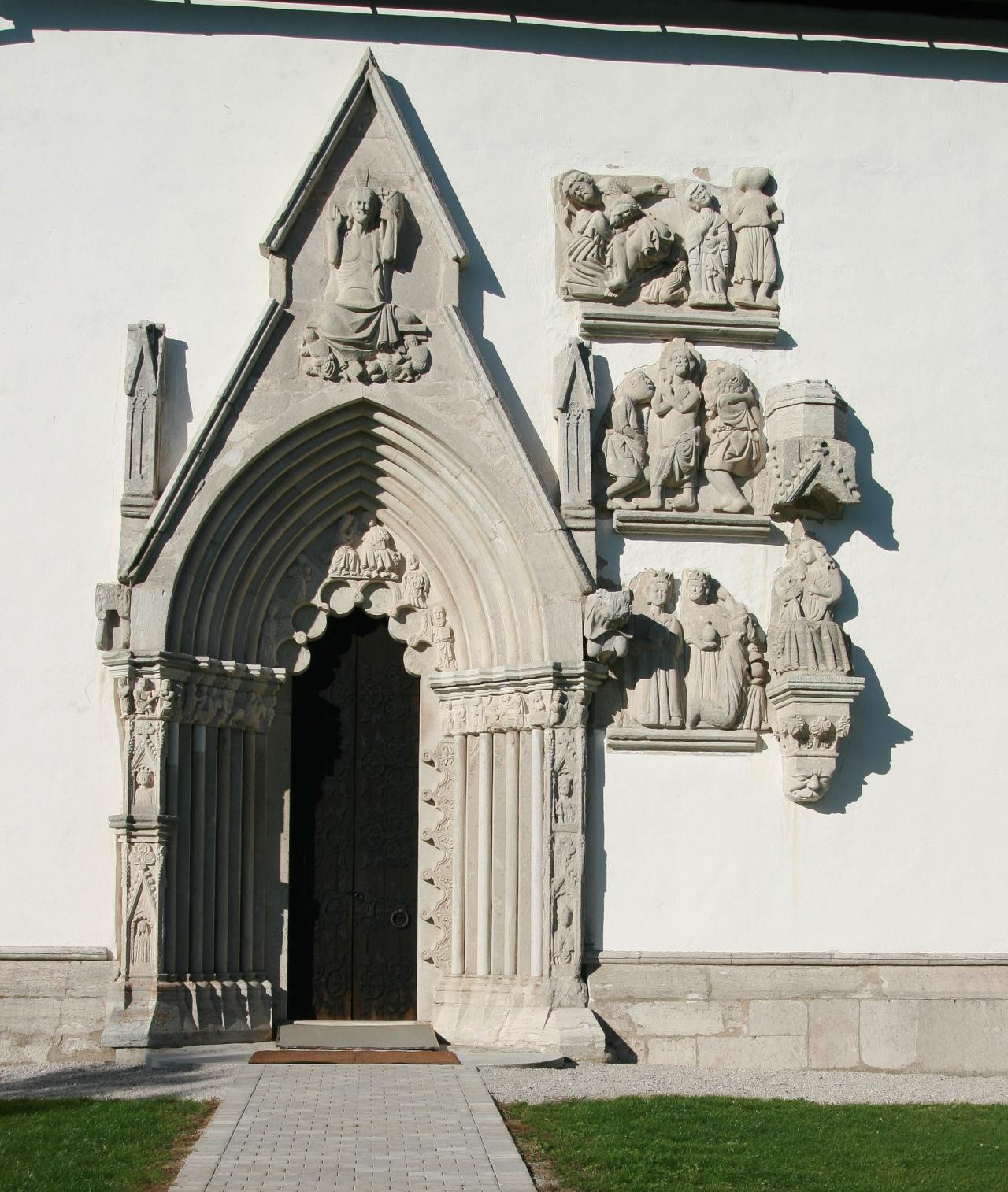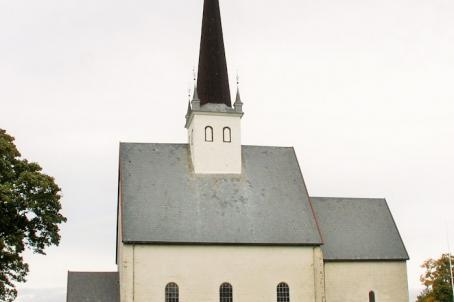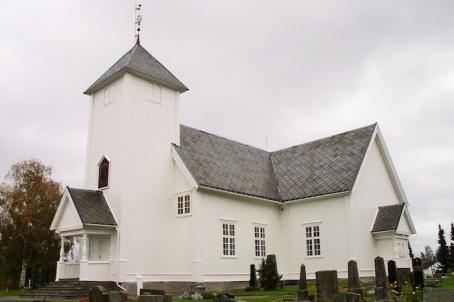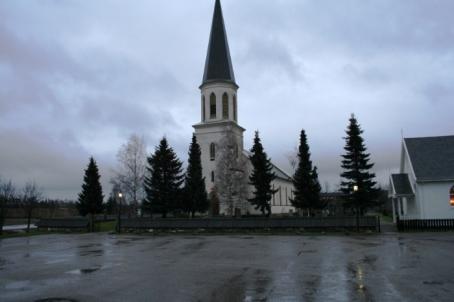Stånga Church
Stånga Church is one of the 92 medieval churches on the island of Gotland.
About this building
A striking feature of this church is that several limestone sculptures were incorporated into the wall next to the main portal. The sculptures depict from bottom to top the Adoration of the Magi, the Flagellation of Christ and the Descent from the Cross. These were most probably built to be placed in a different location, as no other Gotland church presents a similar stylistic pattern.
The tower is one of the tallest on Gotland, together with the towers of Dalhem, Rone and Öja churches. Inside there is a Romanesque rood cross built in 1250. Another well-preserved masterpiece is the baptismal font, by the sculptor Hegvald (1175-1200), who built many of the island's baptismal fountains.






